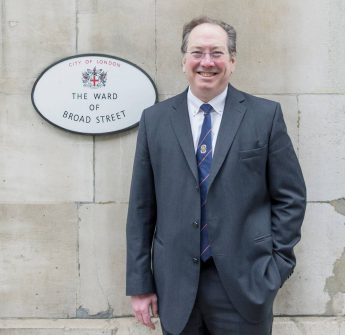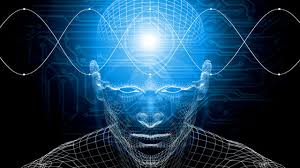Real TIme Club at the National Liberal Club, Wednesday, 12 May 2010
Some 60 guests assembled to hear Professor John Stein of Oxford, the eminent physiologist, help members of the Real Time Club better understand the weaknesses of the brain/mind to hardware/software analogy.
The afternoon event began with Chairman Professor Michael Mainelli welcoming the guests, followed by Vice-Chairman Maury Shenk outlining the Real Time Club’s continuing development and the role of the Brain, Mind & Computing Forum. Maury handed over to past Chairman Charles Ross who then provided a background to the Forum and the idea of creating the key 21 questions that matter about the brain and mind in order to structure research. Charles drew parallels with David Hilbert’s metamathematics programme of the 1900’s. Interestingly, Michael Mainelli began a metacommerce programme under the Long Finance www.longfinance.net initiative for economics and business. Maury then introduced Professor John Stein.
Professor Stein began by positing the question, “Is the brain a digital computer?”. Giving the end game away quickly, “No”. First, the brain doesn’t look like a digital computer, more like a blancmange. Second, the process is completely different. Axonal process outputs may seem digital, but even just describing the ionic flows shows one how different things are. The chemical transmitters are barely analogous to computer circuitry with their inherent inhibitors and their plasticity. Third, the brain modifies its own structure. Fourth, the brain is complex. There are probably some 10^20! combinations of axons and states.
Yet, things are more subtle. Professor Stein explored John Searle’s “Chinese Room” thought experiment on symbology and understanding – http://en.wikipedia.org/wiki/Chinese_room. Professor Stein warned the Forum to avoid the homunculus fallacy http://en.wikipedia.org/wiki/Homunculus_argument. He then proceeded to wonder where we go from here. Elucidating some thoughts from his own research and experience he explored representation, location mapping and the role of prediction in both the function of the brain and body, as well as consciousness. He gave the example of the feedback interactions between the eye and the hand. These feedback interactions are intimately connected with the brains ability to predict. For example, as we reach for something we count on prediction of future location to time stopping the hand. If we waited for our hand to give us feedback about the time to stop moving we would proceed through the desired location.
Professor Stein concluded by sharing some of his thoughts on how timing problems relate to dementia, depression or Parkinson’s disease. He pointed out that, in his opinion, dyslexic problems and advantages are inter-related with concepts of time, specifically that dyslexics appear to have a weaker sense of time (provoking this writer to muse on whether Britain had become more dyslexic over the years, while the Italians have always been dyslexic). Professor Stein held out hope that better understanding of these areas was leading to potential avenues for treatment or cure, e.g. experiments he has been involved with on tremors and oscillation signals. Professor Stein concluded with support for the Forum exploring these issues in an inter-disciplinary manner. The audience reaction was enthusiastic and there were numerous questions touching on subjects such as humour, the soul and various treatments.
PRESS RELEASE ON EVENT
“21 questions cognitive neuroscience needs to address in the 21st century”
The BrainMindForum, in conjunction with the Mind, Brain and Computing Caucus of the Real Time Club, launched its latest initiative, “21 key questions cognitive neuroscience needs to address in the 21st century” with a luncheon meeting at the National Liberal Club on Wednesday, 12th May. The project has been modelled on David Hilbert’s list of 23 unsolved problems in mathematics, posed in 1900, which provided a focus for mathematical endeavour for the early decades of the last century, and led to the invention of computers.
By introducing the new ‘21 questions’, project leader Charles Ross, co-author of Biological Systems of the Brain and chairman of the Brain Mind Forum, hopes to make use of the Real Time Club Member’s long experience of understanding complex systems to stimulate widespread thinking and debate to solve many of the outstanding puzzles about how the brain works and how we can use that knowledge to improve our quality of life.
Attendees at the project launch heard Mr John Stein, Professor of Physiology at Oxford University, talk about his work on neurophysiology and cognition, following which there was a lively debate about movement control, dyslexia, antisocial behaviour and computing-related issues.
The BrainMindForum was set up to provide a cross disciplinary platform for ideas, information, research and publications about the brain, in order to stimulate the creation of new ideas and promote further research into unlocking the secrets of the most important organ in our bodies
The Real Time Club (www.realtimeclub.org) is believed to be the oldest IT dining club in the world, and has had considerable influence over the years on the development of the computing industry and the use of computing in Britain. Recognising that modern digital computing techniques will be crucial to research on the linkages of neurophysiology and cognition, the Real Time Club has established the Brain, Mind and Computing Forum to focus on driving awareness and research in this important area.


